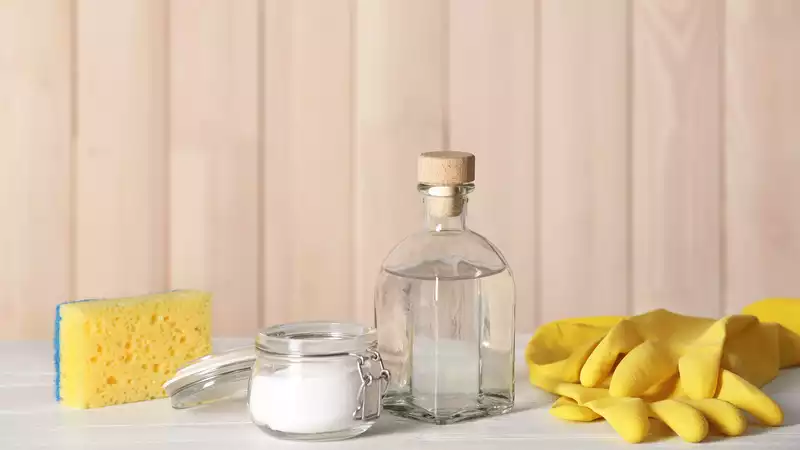These days, there seems to be a cleaning hack for everything from polishing stove tops to removing lime stains from showers. However, there is one thing that most of these hacks have in common. Baking soda and white vinegar seem to be used in the majority of cleaning hacks, but why is this? Let's examine the properties of each and consider why they have become so relied upon.
Most households already have baking soda and white distilled vinegar on hand in their kitchens, and they are convenient to obtain. Using these instead of proprietary cleaners is also a more sustainable option because it avoids the use of harsh chemicals. Given this, it is no wonder that these two products are often used in cleaning hacks, if they are effective.
You will notice that when baking soda and white vinegar are combined, a fizzy chemical reaction immediately occurs. This is because baking soda (sodium bicarbonate) acts as a base and vinegar is acidic and at the opposite end of the spectrum. When the two meet, protons are exchanged and sodium acetate, water, and carbon dioxide are produced. This is essentially salt water.
It is the chemical reaction rather than the combined solution that actually helps in cleaning. The foaming makes it easier to dissolve and remove dirt. The reaction is what is needed, so the solution cannot be pre-mixed. For example, you cannot mix the two in a spray bottle before applying. However, one can apply a paste of baking soda with water and leave it on, and later spray white vinegar.
In our experience, the combination of the two is great for removing everyday grease stains, but not very effective for severe stains. For this reason, some guides recommend repeating the application or trying a different method if necessary.
However, there is no need to exclude these two, as they are effective alternative cleaners for most tasks and both are great cleaners in their own right.










Comments